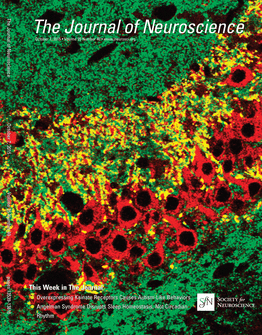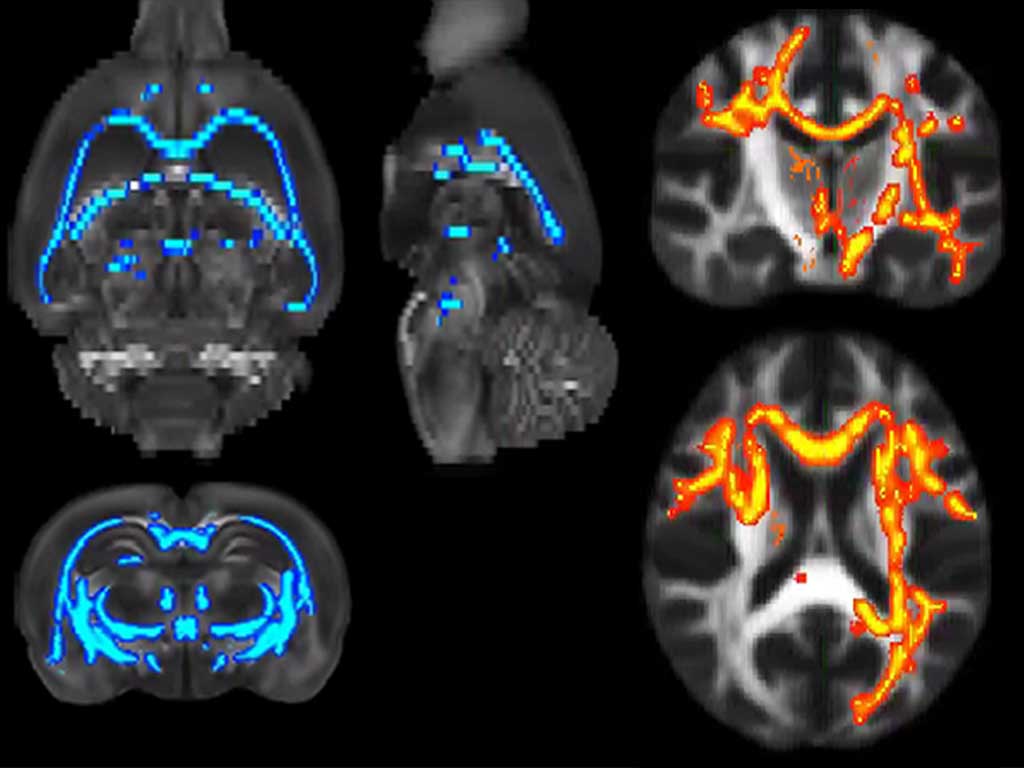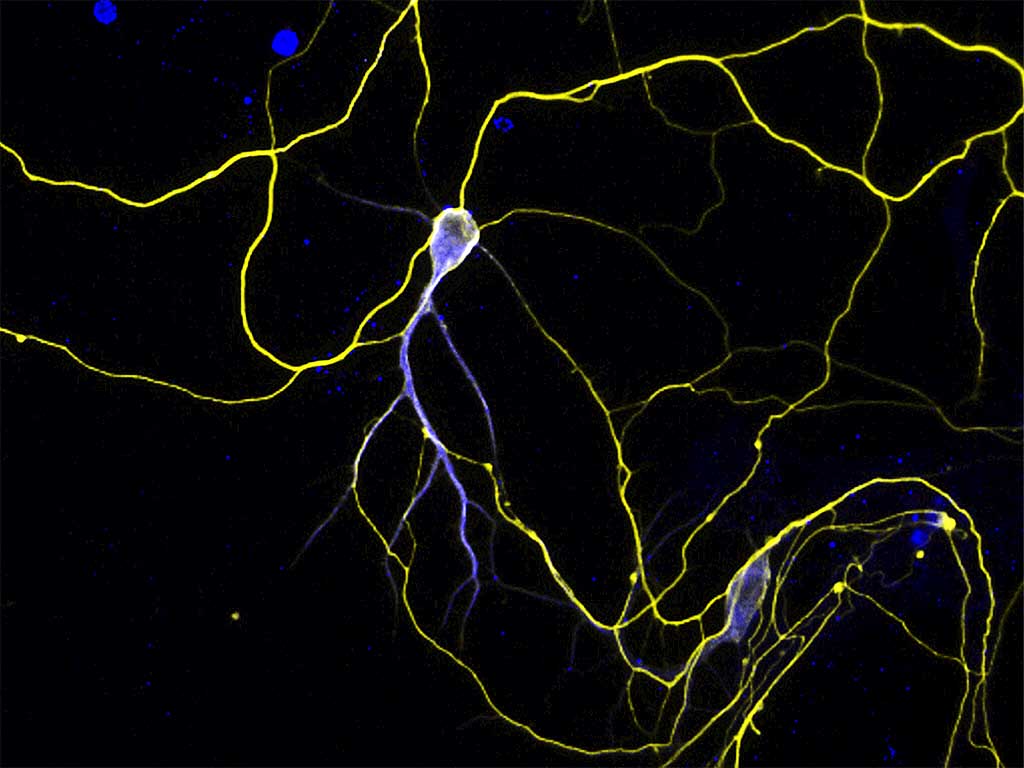Increased Dosage of High-Affinity Kainate Receptor Gene grik4 Alters Synaptic Transmission and Reproduces Autism Spectrum Disorders Features
The understanding of brain diseases requires the identification of the molecular, synaptic, and cellular disruptions underpinning the behavioral features that define the disease. The importance of genes related to synaptic function in brain disease has been implied in studies describing de novo germline mutations and copy number variants. Indeed, de novo copy number variations (deletion or duplication of a chromosomal region) of synaptic genes have been recently implicated as risk factors for mental retardation or autism. Among these genes is GRIK4, a gene coding for a glutamate receptor subunit of the kainate type. Here we show that mice overexpressing grik4 in the forebrain displayed social impairment, enhanced anxiety, and depressive states, accompanied by altered synaptic transmission, showing more efficient information transfer through the hippocampal trisynaptic circuit. Together, these data indicate that a single gene variation in the glutamatergic system results in behavioral symptomatology consistent with autism spectrum disorders as well as in alterations in synaptic function in regions involved in social activity. Autistic features of these mice represent powerful tools for improving diagnosis and testing of specific treatments targeting abnormalities in glutamatergic signaling related to autism spectrum disorders.
SIGNIFICANCE STATEMENT A genetic overlap exists between autism spectrum disorders (ASD), currently thought to represent a continuum of the same disorder with varying degrees of severity, and other neurodevelopmental and neuropsychiatric endophenotypes. We show that the duplication of a single gene coding for a high-affinity kainate receptor subunit (i.e., grik4) in a limited area of the brain recapitulates behavioral endophenotypes seen in humans diagnosed with autism (anhedonia, depression, anxiety, and altered social interaction), including some humans with GRIK4 duplications. Therefore, it should be possible to use mice overexpressing grik4 to directly address circuit dysfunctions associated with ASDs and test specific treatments of autism-related behaviors.
At image: “Transgenic GluK4 (red) is expressed in stratum lucidum of the hippocampal CA3 field (yellow) coinciding with postsynaptic mossy fiber synapses identified by PSD95 antibody (green)”


 Español
Español

